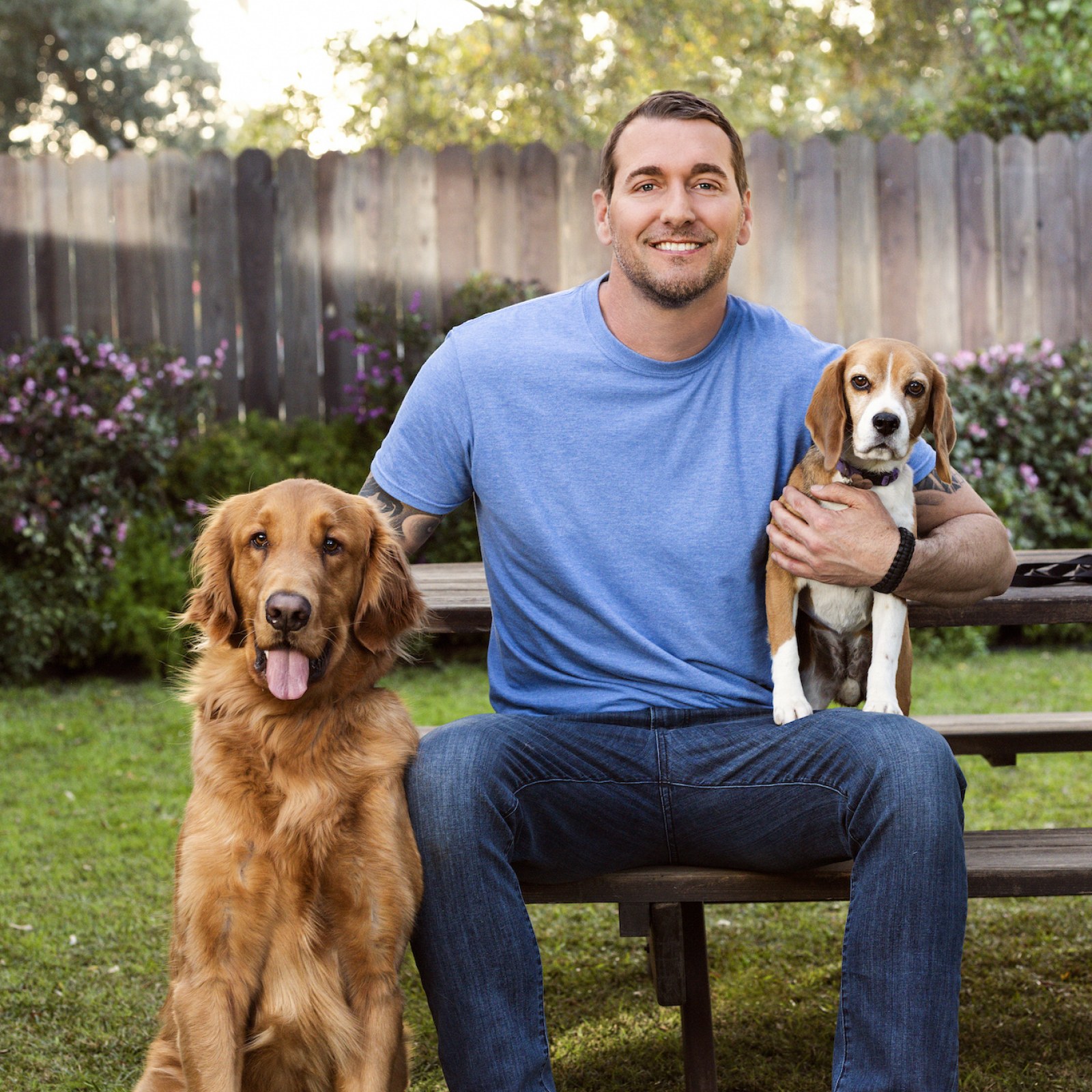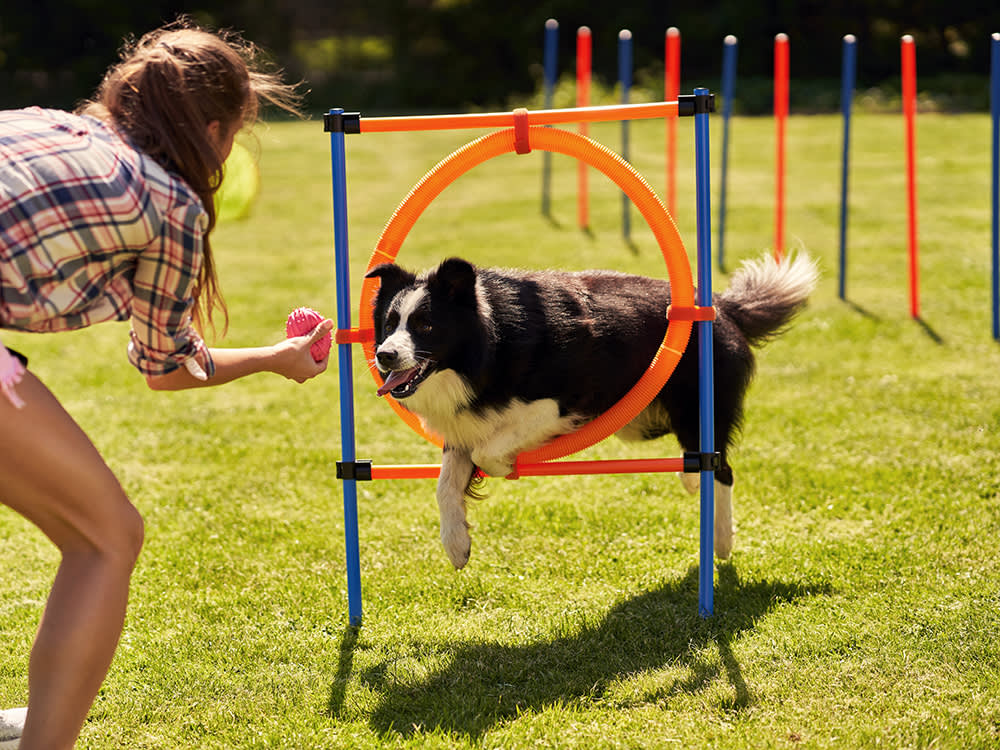Comprehending Dog Body Movement Throughout Dog Training
Comprehending Dog Body Movement Throughout Dog Training
Blog Article
Necessary Tips for Successful Dog Training: An Overview for Animal Owners
Effective pet dog training is a diverse process that requires a tactical strategy tailored to both the animal's personality and the owner's purposes. Key components such as developing regular commands, utilizing positive reinforcement, and promoting early socializing play critical roles in cultivating a well-adjusted canine friend. Numerous pet proprietors experience difficulties that can hinder progress, leading to stress and uncertainty. Understanding just how to navigate these challenges can substantially boost the training experience, ultimately changing the relationship in between proprietor and dog. What are the necessary approaches that can be used to make sure success in this endeavor?
Recognizing Canine Habits
Comprehending pet habits is necessary for efficient training and cultivating an unified partnership between dogs and their owners. Canines connect largely through body language, vocalizations, and activities, making it critical for proprietors to interpret these signals accurately. Identifying a pet dog's posture, tail placement, and ear positioning can supply understandings right into its mood. For circumstances, a wagging tail does not constantly show happiness; it can additionally indicate excitement or anxiousness.

Socialization plays a substantial duty in pet behavior; direct exposure to numerous atmospheres, individuals, and various other animals can considerably influence a pet dog's personality. In addition, variables such as breed characteristics and specific temperament ought to lead training techniques, as some types may have certain behavior characteristics that necessitate customized approaches. By comprehending these components, owners can produce an encouraging setting that motivates favorable actions, resulting in successful training results and a much deeper bond with their animals.
Developing Consistent Commands
Reliable communication with your dog begins with establishing regular commands. This foundational component of training is vital for cultivating understanding between you and your pet dog. Consistency in the commands you utilize makes sure that your canine can accurately connect particular words or expressions with the desired habits.
When selecting commands, pick clear, distinct words that are very easy to separate and claim from one an additional. Stay clear of utilizing similar-sounding commands that may puzzle your pet dog. Utilizing "rest" and "stay" is appropriate, yet "rest" and "struck" could lead to misunderstandings.
Additionally, keep the exact same tone and quantity for each command. Dogs are sensitive to singing signs, so varying your tone can develop confusion.
It is equally crucial to make sure that all family members get on the very same page relating to the commands used. A united front in command use will avoid mixed signals and strengthen the learning procedure.
Favorable Reinforcement Strategies
The power of favorable reinforcement in pet dog training lies in its capacity to motivate desired behaviors with rewards and praise. This method is based in the concept that habits complied with by favorable end results are more probable to be repeated. By incorporating positive support into your training routine, you can effectively shape your canine's actions in a positive manner.
To carry out favorable reinforcement, it's necessary to recognize what encourages your canine, whether it be deals with, toys, or spoken praise. When your pet executes a preferred activity, such as resting on command, quickly compensate them with a treat or affection. This association between the command and the favorable Home Page end result strengthens their understanding.
It's vital to timing the rewards appropriately; delivering the reinforcement within seconds of the desired actions helps your pet dog make the link (dog training). Additionally, uniformity is key-- make sure that all member of the family utilize the same commands and incentive systems to avoid complication

Progressively, you can reduce the frequency of treats as your pet dog learns the behavior, transitioning to applaud or periodic rewards. This approach not just promotes a solid bond in between you and your canine however also promotes a favorable knowing setting, making training a pleasurable experience for both.
Socialization and Interaction
Consistently exposing your pet to a variety of atmospheres, individuals, and various other animals is critical for their social development. Socialization ought to begin early, ideally throughout the essential window of 3 to 14 weeks, when young puppies are most responsive to new experiences. Older pets can likewise profit from recurring socialization initiatives.
Present your dog to various setups, such as parks, pet-friendly stores, and city locations. This direct exposure helps them adjust to different stimulations, decreasing stress and anxiety and fear reactions. Encourage positive communications with other pet dogs and individuals, ensuring that these encounters are controlled and secure to cultivate self-confidence.
Use organized playdates with courteous pets, as this can improve your canine's social skills and educate them suitable behavior. Obedience classes and training sessions likewise give superb chances for socializing, permitting your pet dog to connect with others in a monitored atmosphere.
Display your pet dog's body language during communications, as this will certainly help you determine their straight from the source convenience degree. Progressively raise direct exposure to even more difficult scenarios while ensuring that each experience declares. A well-socialized dog is more probable to display well balanced habits, making them a joy to have in any type of setting.
Resolving Common Training Obstacles
Every dog owner will experience training challenges at some point, regardless of their canine's age or socializing degree. Determining common problems such as stubbornness, distractions, and terror can aid in developing effective methods for renovation.

Interruptions during training sessions can derail emphasis. To fight this, start training in a silent setting with marginal stimulations. Gradually present distractions as the pet dog comes to be a lot more proficient in commands. Short, frequent training sessions are also efficient in maintaining interest.
Fearfulness can hinder a canine's knowing procedure. Gradual desensitization to the resource of concern, paired with positive reinforcement, can assist relieve anxiousness. Patience is vital; never ever compel a pet right into a circumstance that creates distress, as this may aggravate the problem.
Ultimately, understanding and dealing with these common difficulties with a structured method will certainly promote an extra productive training experience, strengthening the bond in between pet and owner while promoting effective knowing.
Verdict
In recap, effective pet training counts on an extensive understanding of canine behavior, the facility of constant commands, and the application of positive support methods. Socialization plays an important function in creating well-adjusted family pets, while dealing with usual training challenges calls for persistence and adaptability. By executing these vital techniques, animal proprietors can promote a strong bond with their pets and advertise preferable habits, inevitably see here now causing an unified relationship between humans and their canine buddies.
Understanding pet dog behavior is essential for efficient training and promoting an unified connection between pooches and their owners.Socialization plays a significant duty in canine behavior; direct exposure to different settings, people, and various other pets can significantly affect a pet dog's character.The power of positive support in pet training exists in its capacity to motivate desired actions via rewards and appreciation. By integrating positive reinforcement right into your training regimen, you can effectively form your pet dog's actions in a useful manner.
In summary, effective pet training counts on a detailed understanding of canine behavior, the facility of constant commands, and the application of positive reinforcement techniques.
Report this page